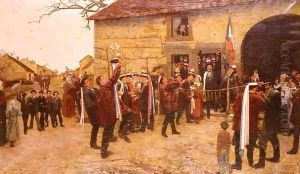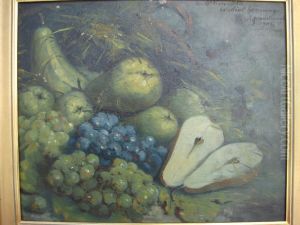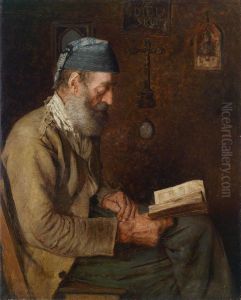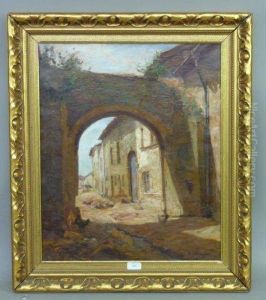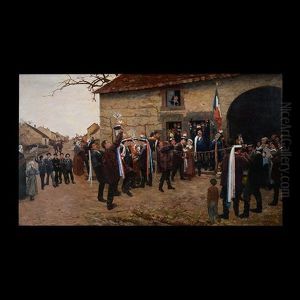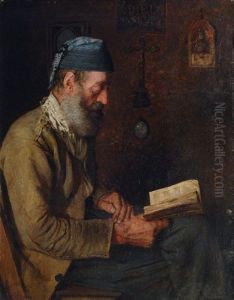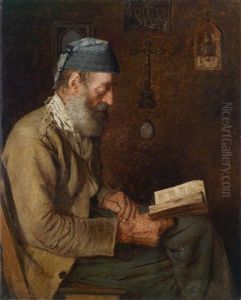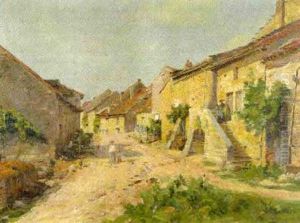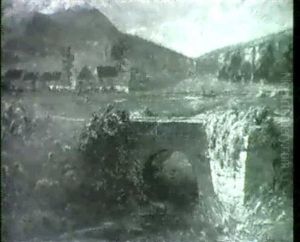Alfred Pierre Joseph Jeanmougin Paintings
Alfred Pierre Joseph Jeanmougin, a French artist whose life spanned the turn of the 20th century, is a figure whose detailed biography is not widely documented in the annals of art history. Born in 1874, Jeanmougin embarked on a career as a painter in a period that was rich with artistic innovation and evolution.
Jeanmougin's work is often characterized by a blend of the traditional and the modern, a common trait among many artists of his time who were transitioning from the academic styles of the 19th century to the more experimental and expressive techniques that defined early modernism. The late 19th and early 20th centuries were a time of rapid change in the art world, with movements such as Impressionism, Post-Impressionism, and Art Nouveau pushing the boundaries of what was considered acceptable and beautiful in art.
While there is not a wealth of information about Jeanmougin's personal life or professional training, it is known that he was active during a time when Paris was the epicenter of the art world. It is possible that he may have been influenced by or even interacted with some of the leading artists of the day, such as Claude Monet, Pierre-Auguste Renoir, and Paul Cézanne, or perhaps he was drawn to the more decorative and graphic elements of Art Nouveau, as seen in the works of Alphonse Mucha.
Jeanmougin's work would have been produced during a time of great artistic ferment in Europe, and he likely exhibited his work in various Salons or galleries, which was the traditional way for artists to gain recognition and sell their work. The precise nature of his contributions to art, however, remains somewhat obscure, and his works are not as well-known or as frequently studied as those of his contemporaries.
Alfred Pierre Joseph Jeanmougin passed away in 1943, in the midst of World War II. This was a time when Europe was in turmoil, and the art world was facing its own set of challenges. Despite the lack of widespread recognition, Jeanmougin's life and work are part of the rich tapestry of early 20th-century French art. His legacy, like that of many artists of his time, offers insights into the diverse and dynamic world of art during a period of extraordinary change.
